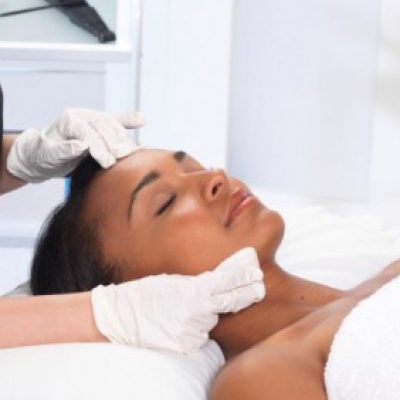Dermatosis Papulosa Nigra
Do you have any of these?
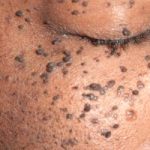
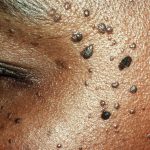
Dermatosis Papulose Nigra are small keratotes otherwise known as seborrhoeic keratosis and are more common on darker skin types They commonly occur on the face; around the eyes and on the temples and lateral cheek areas. Dermatosis Papulose Nigra are often familial, which means that they run in families. We often treat members of the same family for this problem.
These lesions are treated for cosmetic reasons only as they are benign lesions and do not have any propensity to progress into any type of skin cancer. They can be left alone and not treated but they can look unsightly and some people can have many lesions which become somewhat disfiguring.
Before & After Pictures
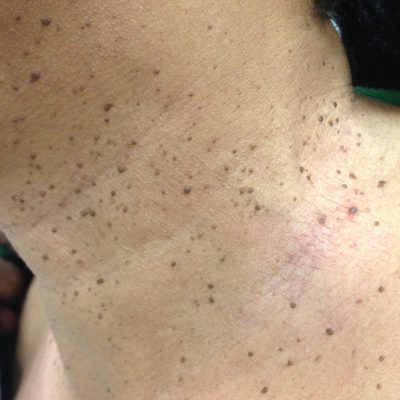
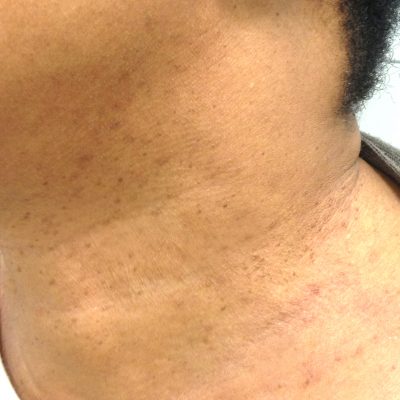
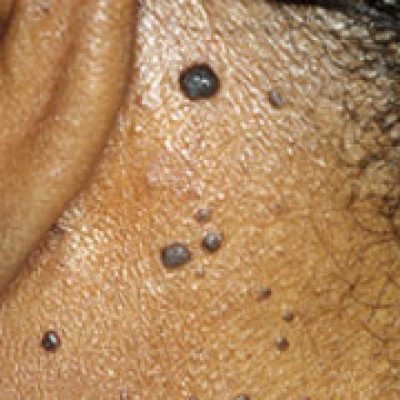
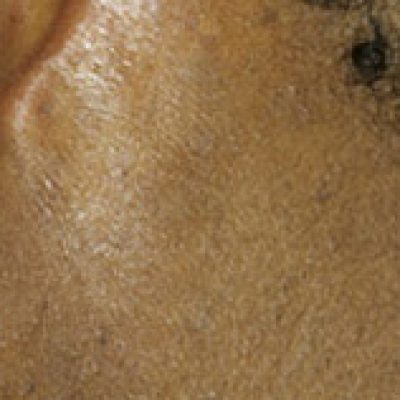
What treatment options do you have for Dermatosis Papulosa Nigra?
Cryotherapy
Cryotherapy is an option and when used safely is a good treatment method but there is a risk of pigment loss in the area treated i.e. white mark; for this reason we do not usually employ this method. However we do treat many bigger keratosis lesions on the body and we do not encounter the problem of hyperpigmentation. So cryotherapy is a safe and effective method if used carefully but more risky on darker skins due to the loss of pigment risks.
Shave Excision
Shave excision by Radiosurgery is effective and safe for removing Dermatosis Papulose Nigra on the facial area but we reserve it for treating bigger lesions, for example lesions greater than 4-5mm in diameter. With this method each lesion needs to be injected with local anaesthetic with this in mind we tend to treat multiple, smaller lesions with laser. We often treat in combination i.e. bigger lesions are treated with radiosurgery and smaller lesions with laser.
Laser Treatment
We use the KTP (Potassium titanyl phosphate) laser for these lesions and it is a light treatment. The laser targets the dark pigment in the lesions where the light energy is absorbed as heat into the lesions; this effectively ablates/destroys it. The lesions will become slightly inflamed and crust off in about a week. We treat multiple lesions at one treatment session.
We will always do a test patch where we treat a small number of lesions as a test before deciding to proceed to a bigger treatment. We will review the test in 3-4 weeks to ensure both patient and doctor are happy with the outcome of the test. At the review of test patch we are to verify if lesion has gone and if there is any evidence of hypo or hyperpigmentation of the skin where the lesions were treated. If we are not happy at this stage then we will wait longer and review again before treating.
We normally aim to treat several lesions in one session, for example it is not out of the question to treat all of the facial Dermatosis Papulose Nigra in one session; that may be around 50 – 100 lesions although we don’t normally count them. However, we cannot promise to treat absolutely everything in one session and sometimes a second treatment may be necessary to eliminate the smaller lesions or for another area such as neck if we have treated the face first. The doctor will discuss this with you at the time of consultation.
We have mentioned the risk of hypo or hyperpigmentation with the risk of hyperpigmentation being the greater of the two, especially on darker skin types. The good news is that this normally clears in a few weeks and generally the worst case scenario would be several months. We have not encountered any long term or permanent cases of pigment changes, marking or scarring to the skin with this treatment. We feel the benefits of treatment out weight the risks as we will normally expect good resolution of these lesions without any side effects. We are experienced in these methods and have treated many patients for this condition over the years.

